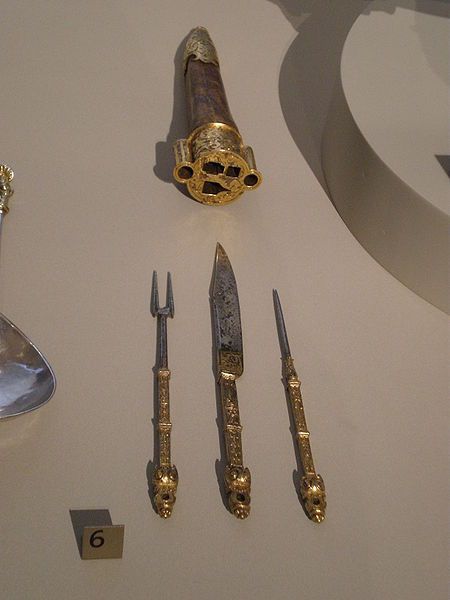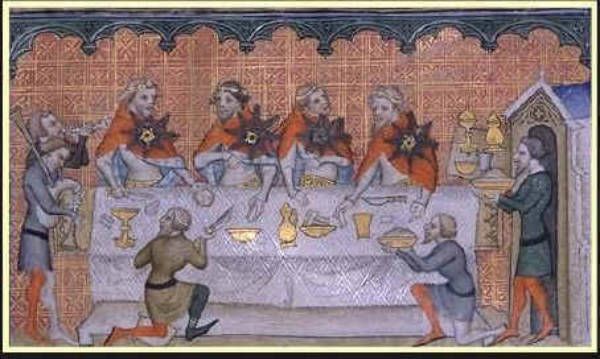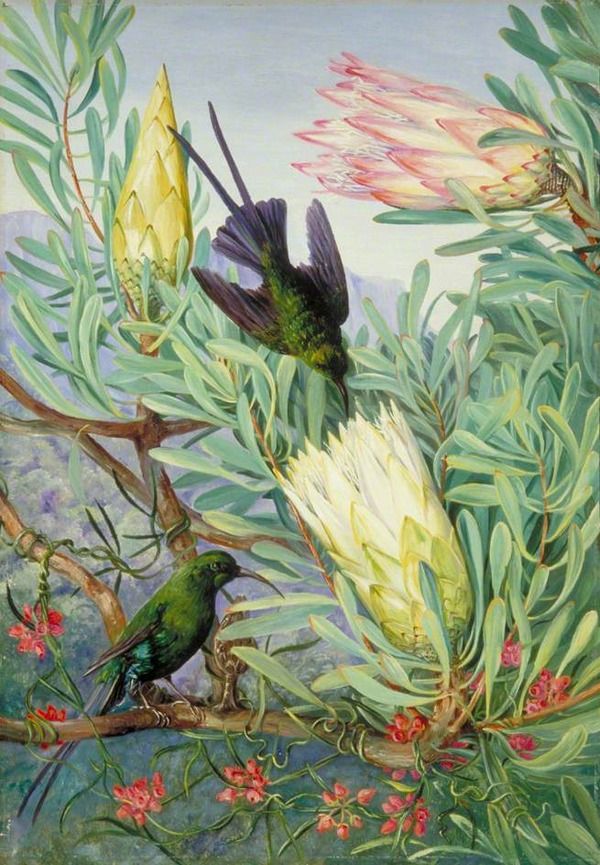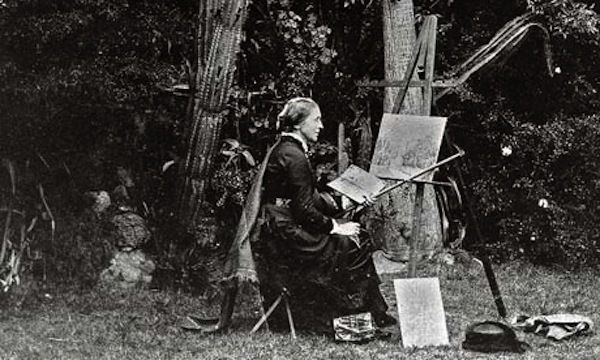Carolina Naturally is read in 197 countries around the world daily.
Take the kid to the nursery ... !
Some of our reader today have been in:
The Americas
Mexico City and Mexicali, Mexico
Alta Floresta, Brazil
Arima and Port-Of-Spain, Trinidad and Tobago
Pikangikum, Ottawa, Mississauga, Etobicoke, Toronto, Joliette and Montreal, Canada
Bogota and Armenia, Colombia
Quito, Ecuador
Buenos Aires and Villa Maria, Argentina
Winooski,
North Wilkesboro, South Ogden, East Moriches, West Hatfield, Lake
Oswego, Ogilvie, Ankeny, Bemidji and Menifee, United States
Lima, Peru
Panama, Panama
Managua, Nicaragua
Europe
Chisinau, Moldova
Paris, Rue, Salon-De-Provence and Magenta, France
Bushey, Slough and London, England
Ravenna, Livorno, Milan, Ivrea, Genoa and Rome, Italy
Athens, Greece
Madrid and Castello De La Plana, Spain
Lviv, Zhovtivody, Dnipropetrovsk, Kharkiv, Kamianka and Kiev, Ukraine
Dublin, Ireland
Espoo, Helsinki and Nokia, Finland
Nuremberg and Widdern, Germany
Zurich, Switzerland
Bucharest, Romania
Bergen and Stavanger, Norway
Reykjavik, Iceland
Kongens Lyngby, Denmark
Mol, Belgium
Vlore and Tirana, Albania
Ryazan, Russia
Groningen, Netherlands
Dubrovnik, Croatia
Newport, Wales
Sarajevo, Bosnia and Herzegovina
Karlskoga and Stockholm, Sweden
Asia
Victoria, George Town, Kulim, Petaling Jaya and Shah Alam, Malaysia
Karaj, Tehran, Tabriz, Mashhad and Cochin, Iran
Jodhpur, Chennai, Bhubaneshwar, New Delhi, Shillong and Coimbatore, India
Tel Aviv, Israel
Colombo and Matara, Sri Lanka
Tebingtinggi, Surakarta, Jakarta and Balaipungut, Indonesia
Doha, Qatar
Seoul, Korea
Tainan, China
Sanaa, Yemen
Hanoi and Thanh Pho Ho Chi Minh, Vietnam
Karachi, Pakistan
Bangkok, Thailand
Kuwait, Kuwait
Beirut, Lebanon
Thimphu, Bhutan
Africa
Al Jizah and Cairo, Egypt
Cotonou, Benin
Johannesburg and Cape Town, South Africa
The Pacific
Sydney, Australia





















